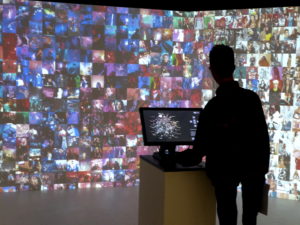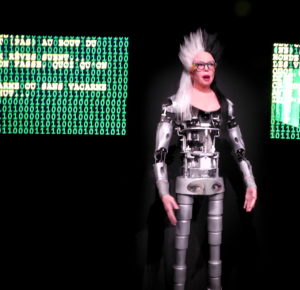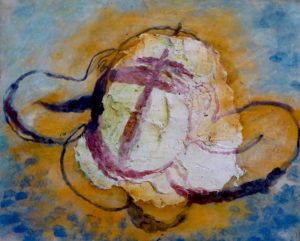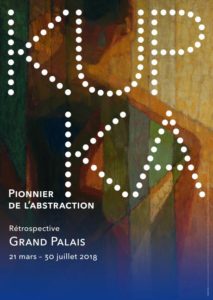
With the Cambridge Analytica scandal one might not be in the mood for seeing an exhibition about visualizing data while visiting Paris, but the “123 data” exhibition at the Fondation EDF is a “smiley face” showing what creators are doing with data. The exhibition is both fun and informative while making the argument that data is not just a threat to our private lives and means to enrich powerful corporations, but also a source of inspiration for artists. Continue reading “Paris Exhibition Explores Data Visualization”











